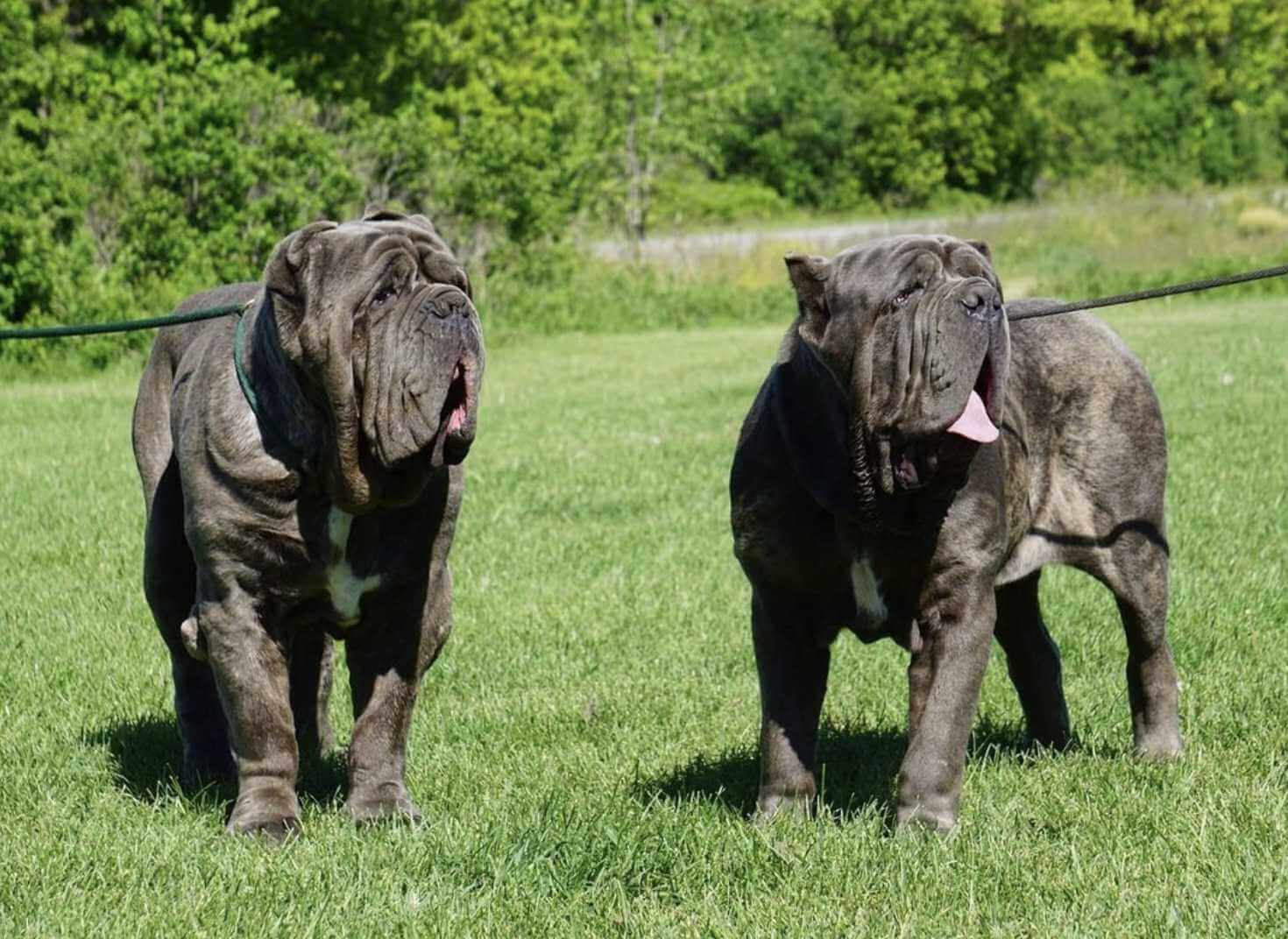Fish farming, also known as aquaculture, is the practice of cultivating fish in tanks, ponds, or other controlled environments. It has gained significant importance in recent years due to the rising demand for seafood and the depletion of wild fish stocks. Starting a fish farm can be a rewarding venture both financially and ecologically. But just as a notable fish expert, Ian, emphasized, “…fish farming requires dedication, knowledge, and ongoing management. It’s essential to conduct thorough research, start small, and gradually expand your operations as you gain experience and confidence in the business.”
Table of Contents
Section 1: Planning and Preparation
1.1 Site Selection:
Choosing the right location is crucial for the success of a fish farm. Factors to consider include access to a reliable water source, suitable soil quality, topography, proximity to markets, and environmental regulations.
1.2 Farm Design:
Designing the fish farm involves determining the appropriate system for your goals, such as pond culture, tank culture, or recirculating aquaculture systems (RAS). Consider factors like fish species preferences, water requirements, land availability, and cost implications.
1.3 Business Plan:
Developing a comprehensive business plan is essential for securing financing and ensuring long-term profitability. It should include market analysis, production targets, marketing strategies, operational costs, and financial projections.
Section 2: Fish Species Selection
2.1 Local Market Demand:
Research the local market to identify popular fish species with good market potential. Consider factors such as consumer preferences, price, availability, and competition.
2.2 Species Compatibility:
Choose fish species that are compatible with your chosen farming system, water quality, and climatic conditions. Factors to consider include growth rate, tolerance to handling and stress, feed conversion efficiency, disease resistance, and market value.
2.3 Seed Selection:
Select healthy and disease-free fish seeds from reputable hatcheries. Consult with aquaculture experts or local fisheries departments to ensure you choose appropriate fish species and obtain quality seeds.
Section 3: Infrastructure and Equipment
3.1 Pond or Tank Construction:
Constructing fish ponds or tanks involves clearing the land, constructing embankments, and installing inlet and outlet channels. Follow engineering specifications to ensure structural integrity and proper water management.
3.2 Water Supply and Quality:
Ensure a sufficient and reliable water source for your fish farm. Test the water quality regularly for parameters such as temperature, dissolved oxygen, pH, ammonia, and nitrate levels. Maintain optimal water conditions for the selected fish species.
3.3 Feeding and Aeration Systems:
Invest in appropriate feeding and aeration systems to maintain optimal fish growth and health. Automated feeders, aerators, and oxygenation devices can help regulate oxygen levels, prevent overfeeding, and optimize feed conversion.
Section 4: Farm Management
4.1 Stocking and Growth Management:
Stock the fish farm with healthy fingerlings or juveniles from reputable suppliers. Monitor growth rates, feed conversion ratios, and overall fish health. Implement appropriate feeding strategies and adjust stocking density as the fish grow.
4.2 Water Quality Management:
Maintain good water quality by monitoring and managing parameters such as temperature, dissolved oxygen, pH, and nitrogen levels. Regularly test the water and take corrective actions to prevent disease outbreaks and stress-related issues.
4.3 Disease Management:
Develop a disease prevention and management plan in consultation with aquatic veterinarians or experts. Implement biosecurity measures, quarantine new fish stocks, and vaccinate when necessary. Regularly monitor fish health and promptly address any signs of illness.
4.4 Harvesting and Marketing:
Plan the harvest schedule based on market demand and fish growth rates. Use appropriate harvesting techniques to minimize stress and damage to the fish. Develop marketing strategies to sell the harvested fish, such as establishing partnerships with local markets, restaurants, or retailers.
Recirculating Aquaculture Systems (RAS)
As pointed out by D. Powell, an acquatic researcher, “recirculating Aquaculture Systems (RAS) are advanced and intensive fish farming systems that allow for the efficient use of water and control over the aquatic environment.” In RAS, water is continuously recycled and treated, reducing the need for large volumes of fresh water and minimizing the environmental impact of fish farming. Here are some key aspects of RAS:
1. Water Filtration and Treatment: RAS employs various filtration techniques to remove solid waste, excess nutrients, and harmful substances from the water. Common filtration components include mechanical filters (such as drum filters or sand filters), biological filters (such as biofilters or trickling filters), and chemical filters (such as activated carbon filters). These filters work together to maintain water quality and create a stable environment for fish.
2. Water Recirculation: In RAS, water is continuously recirculated within the system. It passes through the filtration units to remove waste and then returns to the fish tanks or culture units. The recirculation process minimizes water consumption and allows for the efficient use of resources.
3. Environmental Control: RAS provides greater control over several environmental factors, including temperature, dissolved oxygen levels, pH, and ammonia concentrations. These parameters are closely monitored and adjusted as needed to optimize fish growth and health. Heating and cooling systems, oxygenation devices, and pH controllers are commonly used in RAS to maintain optimal conditions for fish.
4. Biosecurity and Disease Management: RAS offers enhanced biosecurity measures compared to traditional open systems. The closed and controlled environment helps prevent the introduction of pathogens and reduces the risk of disease outbreaks. However, it is still crucial to implement biosecurity protocols, such as proper disinfection procedures, regular health monitoring, and quarantine measures for new fish introductions.
5. Energy and Resource Efficiency: RAS systems require energy to operate the various components, such as pumps, filters, and aeration systems. However, RAS can be designed to be energy-efficient by utilizing energy recovery systems, optimizing equipment selection, and implementing smart control systems. Additionally, RAS minimizes water usage by recycling and reusing water, reducing the demand for freshwater resources.
6. Environmental Benefits: RAS has several environmental advantages over traditional fish farming. It minimizes the risk of pollution from excess feed and waste discharge, reduces the pressure on wild fish stocks, and mitigates the negative impact on natural aquatic ecosystems. RAS also enables fish farming in locations with limited water resources or areas where traditional aquaculture may not be environmentally sustainable.
While RAS offers numerous benefits, it requires a higher initial investment and demands technical expertise in system design, operation, and maintenance. However, with proper planning, management, and a focus on sustainability, RAS can be a viable and environmentally responsible method for fish farming.
Conclusion
Starting a fish farming venture requires careful planning, knowledge of fish biology, and good management practices. By considering factors such as site selection, fish species selection, infrastructure, and farm management, aspiring fish farmers can establish and operate a successful aquaculture business. Continuous learning, adaptation to market demands, and a focus on sustainability are vital for long-term profitability and environmental stewardship in fish farming.


![Siberian Husky Price In India [2024] - Kerala | Kolkata | Delhi | Mumbai | Pune SIBERIAN HUSKY PRICE IN INDIA](https://petsyfy.com/wp-content/uploads/2022/02/SIBERIAN-HUSKY-PRICE-IN-INDIA.jpeg)

![Alaskan Malamute Dog and Puppy Price in India [2024] Alaskan Malamute Price in India](https://petsyfy.com/wp-content/uploads/2022/02/Alaskan-Malamute-Price-in-India-150x150.jpeg)
